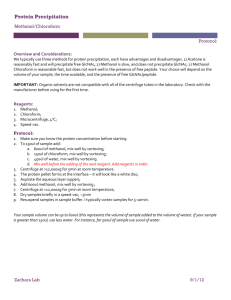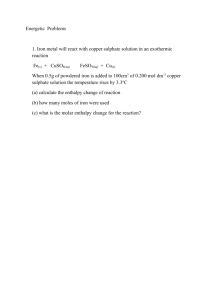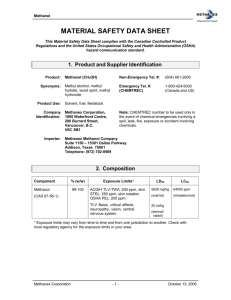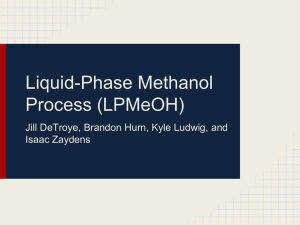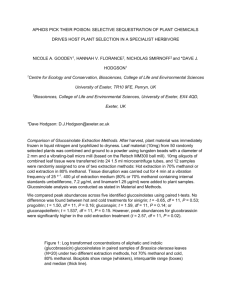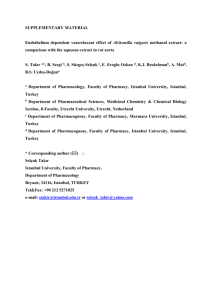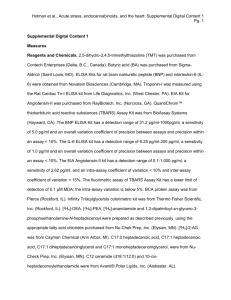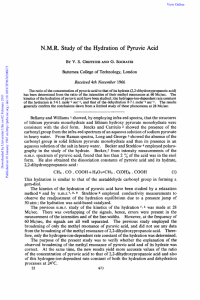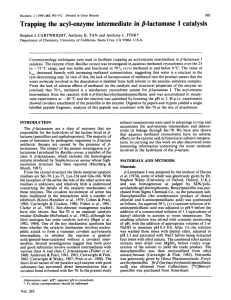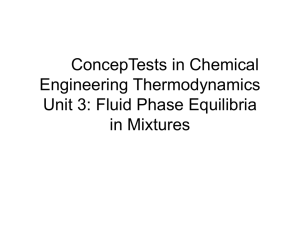Supplementary Material - Springer Static Content Server
advertisement
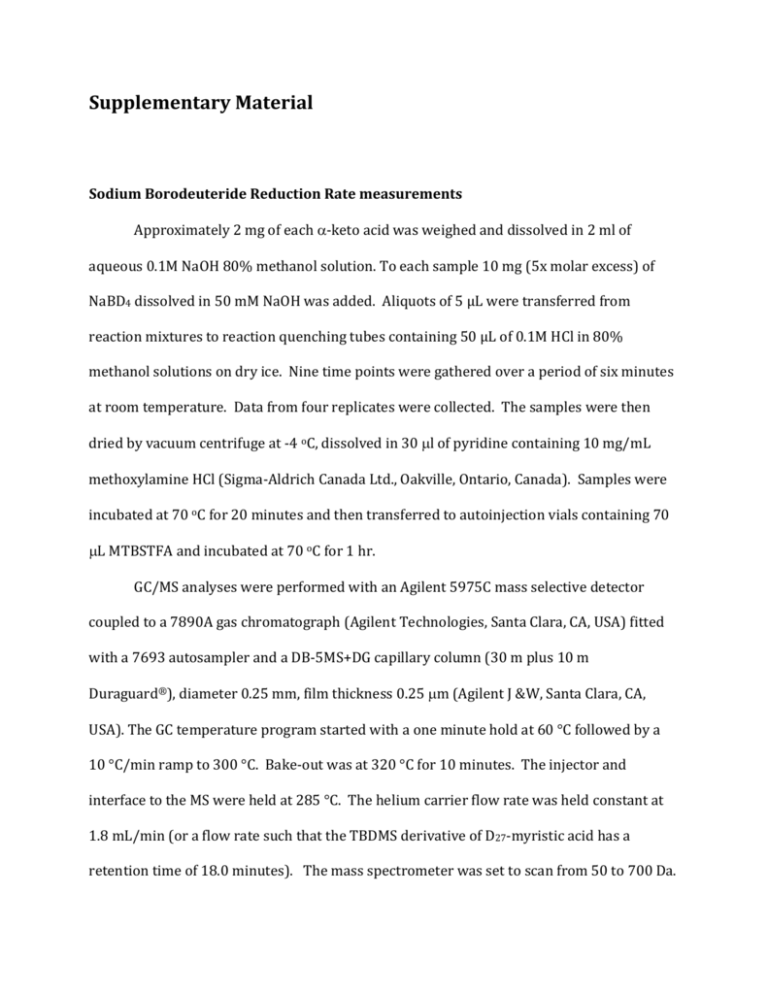
Supplementary Material Sodium Borodeuteride Reduction Rate measurements Approximately 2 mg of each -keto acid was weighed and dissolved in 2 ml of aqueous 0.1M NaOH 80% methanol solution. To each sample 10 mg (5x molar excess) of NaBD4 dissolved in 50 mM NaOH was added. Aliquots of 5 μL were transferred from reaction mixtures to reaction quenching tubes containing 50 μL of 0.1M HCl in 80% methanol solutions on dry ice. Nine time points were gathered over a period of six minutes at room temperature. Data from four replicates were collected. The samples were then dried by vacuum centrifuge at -4 oC, dissolved in 30 l of pyridine containing 10 mg/mL methoxylamine HCl (Sigma-Aldrich Canada Ltd., Oakville, Ontario, Canada). Samples were incubated at 70 oC for 20 minutes and then transferred to autoinjection vials containing 70 L MTBSTFA and incubated at 70 oC for 1 hr. GC/MS analyses were performed with an Agilent 5975C mass selective detector coupled to a 7890A gas chromatograph (Agilent Technologies, Santa Clara, CA, USA) fitted with a 7693 autosampler and a DB-5MS+DG capillary column (30 m plus 10 m Duraguard®), diameter 0.25 mm, film thickness 0.25 m (Agilent J &W, Santa Clara, CA, USA). The GC temperature program started with a one minute hold at 60 °C followed by a 10 °C/min ramp to 300 °C. Bake-out was at 320 °C for 10 minutes. The injector and interface to the MS were held at 285 °C. The helium carrier flow rate was held constant at 1.8 mL/min (or a flow rate such that the TBDMS derivative of D27-myristic acid has a retention time of 18.0 minutes). The mass spectrometer was set to scan from 50 to 700 Da. Supplementary Figures Figure S1: Bar graphs illustrating the stability of -keto acids under different pH conditions in 80% methanol after 2 hr incubation at room temperature. Samples were dried by vacuum centrifugation at -4 oC. Methoxylamines were formed in pyridine and derivatized with MTBSTFA before GC/MS analysis as described in supplementary materials. (A) Pyruvic acid can spontaneously decarboxylate to form acetic acid (not measured). Since acetic acid was not measured, the bar graph shows the ratio of pyruvic acid to the internal standard D27-myristic acid. Pyruvic acid appears to be less stable under acidic conditions. (B) Oxaloacetic acid may spontaneously decarboxylate to form pyruvic acid. This bar graph shows the ratio of pyruvic to oxaloacetic acids under different conditions of pH and 80% methanol. Oxaloacetic acid appears to be unstable under all conditions. (C) Ketoglutaric acid may spontaneously decarboxylate to form succinic acid. This bar graph shows the ratio of succinic to -ketoglutaric acid. -Ketoglutaric acid appears to be less stable under basic conditions. Error bars indicate the standard deviation of three independent experiments. Figure S2: Plots showing reaction kinetics for the NaBD4 reduction of -keto acids (dark blue) to -D1-hydroxy acids (red). Data shown are normalized to the integrated peak area of the starting reactants and the ending peak area of the products for four independent experiments. (A) Pyruvic is reduced to D1-Lactic, (B) Oxaloacetic is reduced to D1-Malic, (C) -Ketoglutaric is reduced to -D1-hydroxyglutaric. Reaction rates ranged from 0.3 to 1.2 min-1. Figure S3: CAC organic acid analysis results for cell extractions processed under three different conditions: aqueous 80% methanol (unchecked pH), aqueous 80% Methanol pH=11 and aqueous 80% Methanol pH=11 with NaBD4. Three independent replicates (separate cell plates) were processed for each of the three conditions. Data shown are not normalized to cell number. Error bars reflect the standard deviation of the three measurements. Figure S4: Calibration curves for the CAC organic acid intermediates. Both linear and log/log plots are shown to display reproducibility, (three independent experiments) linearity, and range. Orange squares, green triangles and blue diamond markers represent the three independent dilution series. Horizontal error bars reflect the standard deviation of the concentration while vertical error bars reflect the standard deviation of the measurement. (A) Lactic Acid, (B) D1-Lactic Acid, (C) Succinic Acid, (D) Fumaric Acid, (E) Malic Acid, (F) D1-Malic Acid, (G) -Hydroxyglutaric Acid, (H) -D1-Hydroxyglutaric Acid, (I) Cis-aconitic Acid, (J) Citric acid, (K) Isocitric Acid. Figure S1 Figure S2 Figure S3 Figure S4


